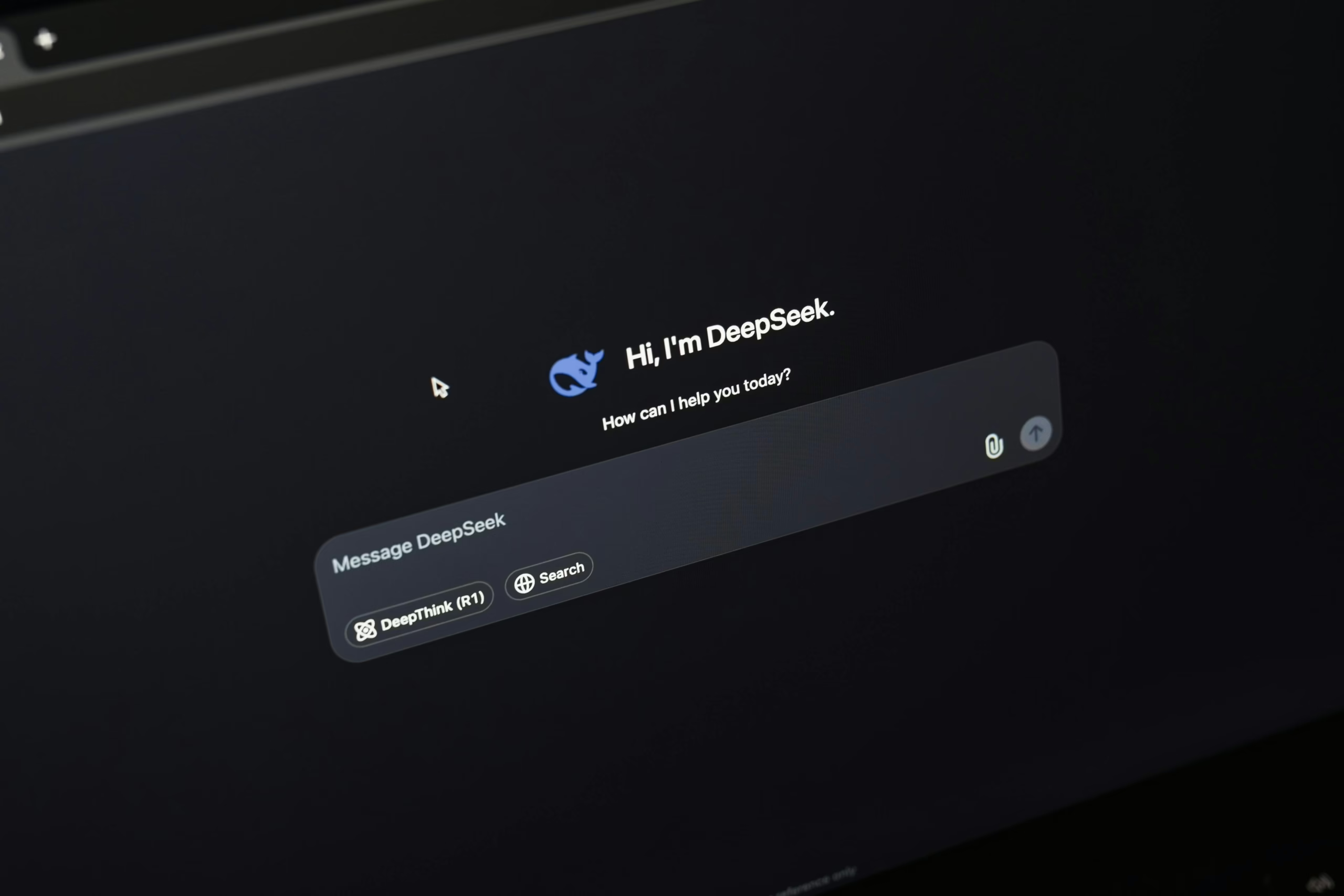By Tejas Ambalia — AI Solutions Consultant for Startups
Introduction: Why This Matters
If you’re building an AI product — whether it’s a chatbot, a recommendation engine, or a content generator — you’ve probably come across two rising concepts: CAG (Context-Aware Generation) and RAG (Retrieval-Augmented Generation).
But what do they mean? How are they different? And more importantly — which one should you use?
In this beginner-friendly guide, I’ll break it all down in simple terms with real-world examples, strong SEO takeaways, and trusted AI providers.
What is RAG (Retrieval-Augmented Generation)?
In simple words:
RAG is like a student who doesn’t remember everything but knows where to find the right book instantly.
Instead of relying only on what it “remembers” from training, a RAG model pulls real-time, external data (from PDFs, websites, databases, etc.) when generating answers.
Example in real life:
- Chatbot for a hospital website
Instead of hallucinating, it pulls directly from the hospital’s guidelines, doctor bios, or appointment instructions. - Customer support bot
It fetches answers from a knowledge base (like Zendesk or Notion).
How it works:
- You ask a question
- RAG retrieves related content from documents or APIs
- Then it generates a final answer using that content
Tools / Providers:
- OpenAI Assistants API (with file retrieval)
- LangChain + OpenAI / Cohere / Mistral
- LlamaIndex (document retrieval)
- Haystack by deepset
- Pinecone, Weaviate, Qdrant for vector databases
What is CAG (Context-Aware Generation)?
In simple words:
CAG is like a friend who knows your mood, tone, recent conversations, and history — and gives you a reply that fits perfectly.
It focuses on generating output based on the ongoing context, tone, style, user behavior, or environment — without necessarily pulling external info.
Example in real life:
- AI writing assistant (e.g., email or blog tool)
It remembers what you just typed and suggests the next paragraph in the same tone. - In-app AI support
Reacts differently if a user is angry vs. calm, using context of the session.
How it works:
- Tracks recent conversation history or user data
- Uses it to generate tone-aware, situation-specific responses
Tools / Providers:
- Anthropic Claude with Memory
- OpenAI GPT-4 Turbo with “custom instructions” or assistant memory
- Reka or Mistral fine-tuned for behavioral AI
- Humanloop or Vercel AI SDK for app-based CAG
Key Differences: RAG vs CAG
| Feature | RAG | CAG |
|---|---|---|
| 📚 Uses external data | ✅ Yes | ❌ No |
| 🧠 Uses conversation or user history | ❌ Limited | ✅ Strong |
| 🕵️ Best for factual accuracy | ✅ Yes | ❌ No |
| 🎨 Best for personalization and tone | ❌ No | ✅ Yes |
| 📂 Needs data storage (vector DB, file APIs) | ✅ Yes | ❌ No |
| 🔌 Works offline or standalone | ❌ Mostly no | ✅ Possible |
| 🛠️ Use case: Chatbot for legal docs | ✅ Yes | ❌ No |
| 🛠️ Use case: Story or blog writing AI | ❌ No | ✅ Yes |
Real-World Use Cases
When to Use RAG:
- Building AI assistants for documentation-heavy industries like healthcare, law, or insurance
- Creating support chatbots that must answer based on specific company policies
- Summarizing large PDFs, customer notes, or research reports
When to Use CAG:
- AI writing tools for content creators or email marketers
- Virtual agents that need to adapt to tone, like therapists or coaches
- Personalized e-commerce bots that adjust based on behavior
Which One Should Your Startup Use?
If you’re a startup founder or AI developer, here’s a quick decision guide:
| Your Product Is… | Choose |
|---|---|
| Chatbot for customer support | RAG |
| AI email or content generator | CAG |
| FAQ bot with legal or medical docs | RAG |
| Personalized in-app guide or tutor | CAG |
| Assistant with huge documents (PDFs, websites) | RAG |
| Conversational tool that adapts emotionally | CAG |
Pro Tip:
You can even combine both. Start with RAG to fetch knowledge and use CAG to style the response with personality and tone. This hybrid model is now being used in AI copilot systems.
Providers Comparison Table
| Provider | Supports RAG | Supports CAG | Best Use Case |
|---|---|---|---|
| OpenAI | ✅ via Assistants API | ✅ via GPT-4 Turbo | General-purpose, fast integration |
| Anthropic Claude | Limited | ✅ with memory | Context-rich assistant/chat |
| LangChain | ✅ (custom pipeline) | ✅ with state mgmt | Developers building custom tools |
| LlamaIndex | ✅ | ❌ | Large-scale doc search |
| Reka AI | ❌ | ✅ | Human-centric AI design |
| Cohere | ✅ | Limited | Language tools for developers |
Want to Build RAG or CAG Into Your App?
If you’re a startup founder or developer who wants to:
- Add document search to your chatbot
- Build a memory-based support assistant
- Personalize AI for your customers…
I can help you implement RAG and CAG using the latest tools like OpenAI, Anthropic, LangChain, and more.
🔗 Contact Tejas for AI integration and consultation
Final Thoughts
Whether you’re building a smart chatbot or a powerful AI content assistant, understanding the difference between CAG and RAG gives you a competitive edge.
- RAG brings precision and real-time accuracy
- CAG brings empathy, personalization, and memory
The smartest products in 2025 will use both — and now you know how.



